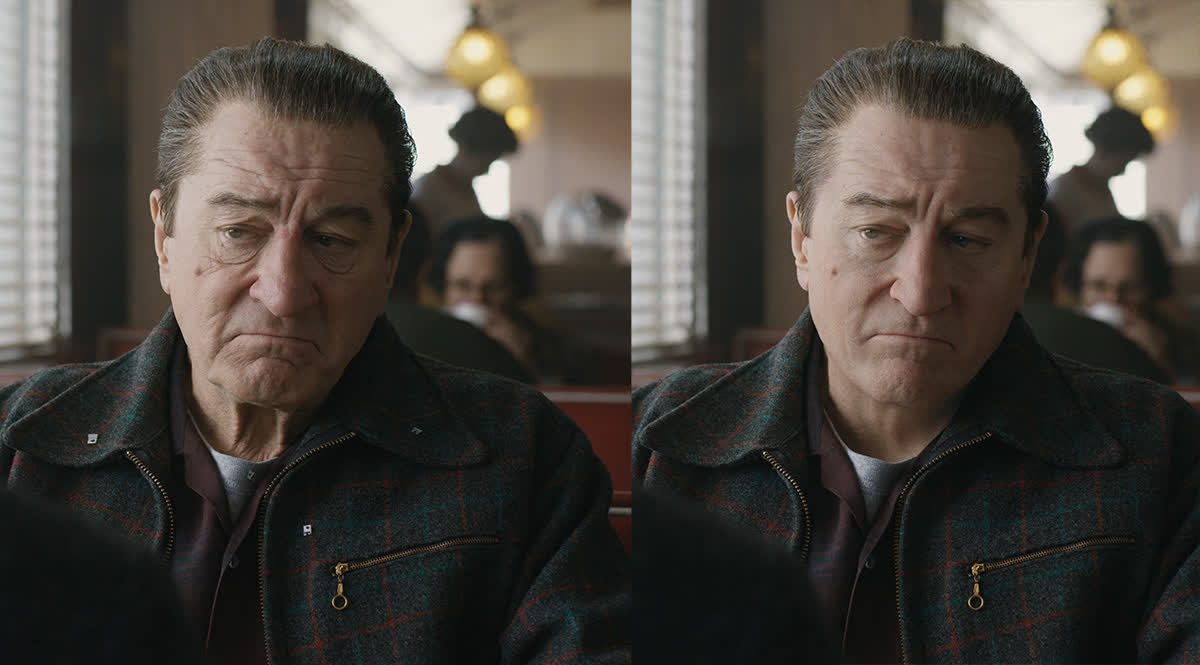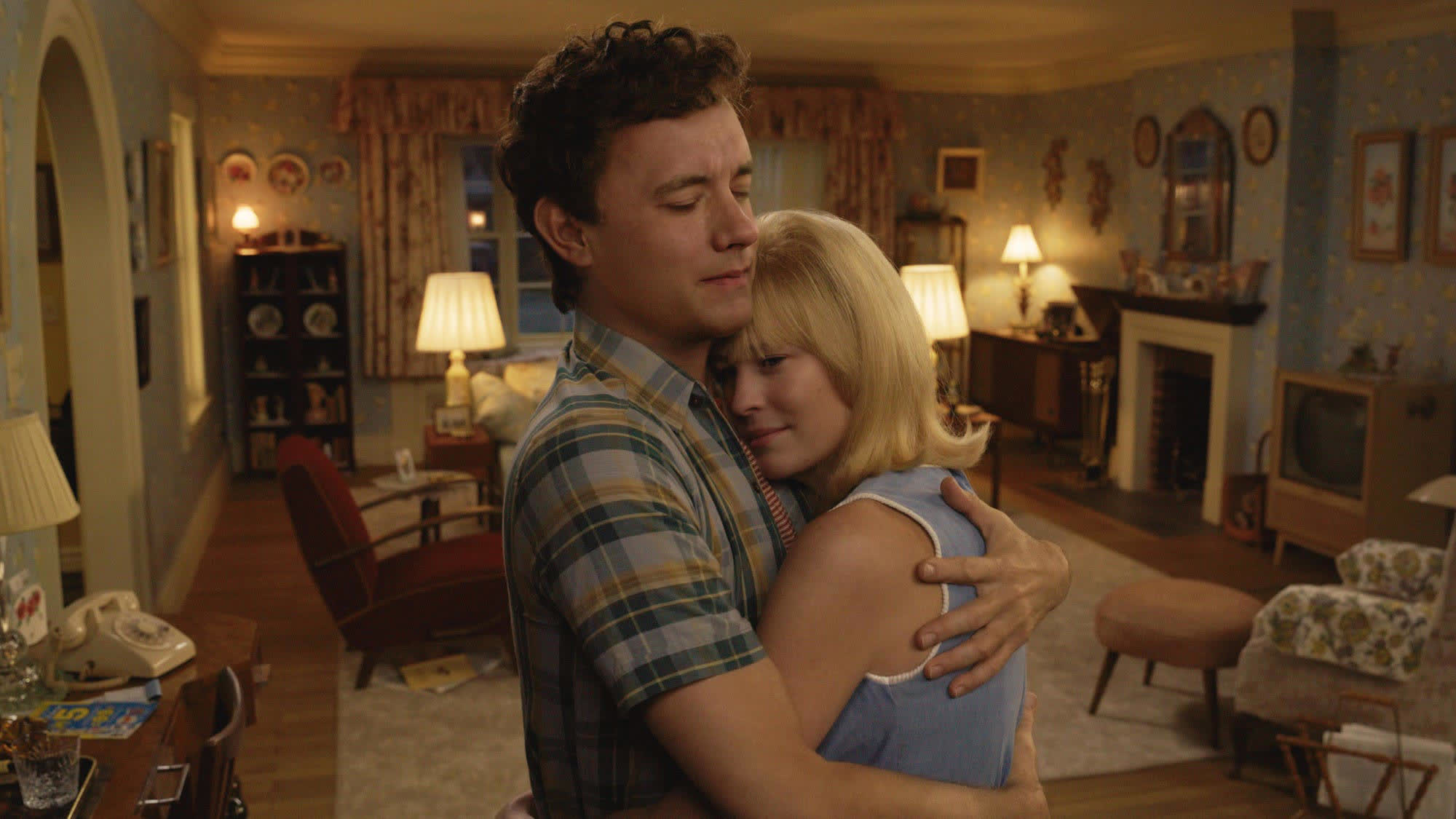Serving tech enthusiasts for over 25 years.
TechSpot means tech analysis and advice you can trust.
In brief: The use of AI in movies remains a contentious subject, but there are some instances where using the technology seems more acceptable than others. Digitally de-aging actors, for example, has been a common sight on the big screen for years, and never has the process been more advanced than in Here, the new Robert Zemeckis film starring Tom Hanks and Robin Wright.
Based on the 2014 graphic novel, Here is filmed from a single camera position across time, from when dinosaurs roamed the earth to the modern era. The story follows Hanks' and Wright's characters from their teenage years to old age, which means AI-powered effects feature heavily.
Turning 68-year-old Hanks and 58-year-old Wright into young versions of themselves was the work of visual effects company Metaphysic. The firm's facial modification system works by training machine-learning models on frames from Hanks' and Wright's previous films, showing them at various ages, angles, and in different lighting. One imagines that The Princess Bride and The Man with One Red Shoe were part of that library.
Unlike traditional de-aging effects that require extensive and lengthy post-production work, the Metaphysic Live VFX tech instantly applies the de-aging effect to actors during filming by analyzing facial landmarks and applying the de-aged faces, hence the "Live" part of the name.
The use of Metaphysic Live meant that the film crew could watch two monitors during the filming of Here: one displaying the unaltered footage of the actors, the other showing them at different ages of their lives.
What Hanks really looked like at 29
"This technology doesn't require dots on faces. It doesn't require multiple witness cameras or any other sort of intrusive technology," VFX supervisor Kevin Baillie told Variety.
Around 40 minutes of Here's runtime features de-aged actors, including Kelly Reilly and Paul Bettany, who play Hank's character's parents, yet it still managed to stay within its comparatively low $45 million budget.
Using modern CGI to digitally de-age movie stars has seen huge advances in recent years – just look at the very unnatural looking "young" Jeff Bridges in 2010's Tron: Legacy compared to today's efforts, such as Robert De Niro in The Irishman and Harrison Ford in Indiana Jones and the Dial of Destiny.

While de-aging stars seems to be one of the less controversial ways of using AI in the film industry, its ability to bring actors back from the dead is more of a hot-button topic. In September, it was reported that a company was suing Disney over its recreation of deceased actor Peter Cushing in Rogue One. Robert Downey Jr., meanwhile, recently warned that his estate will sue all future executives who recreate his likeness after his death.







:quality(85):upscale()/2024/11/04/810/n/1922564/da875c20672911f51e8a59.58915976_.jpg)


 English (US) ·
English (US) ·